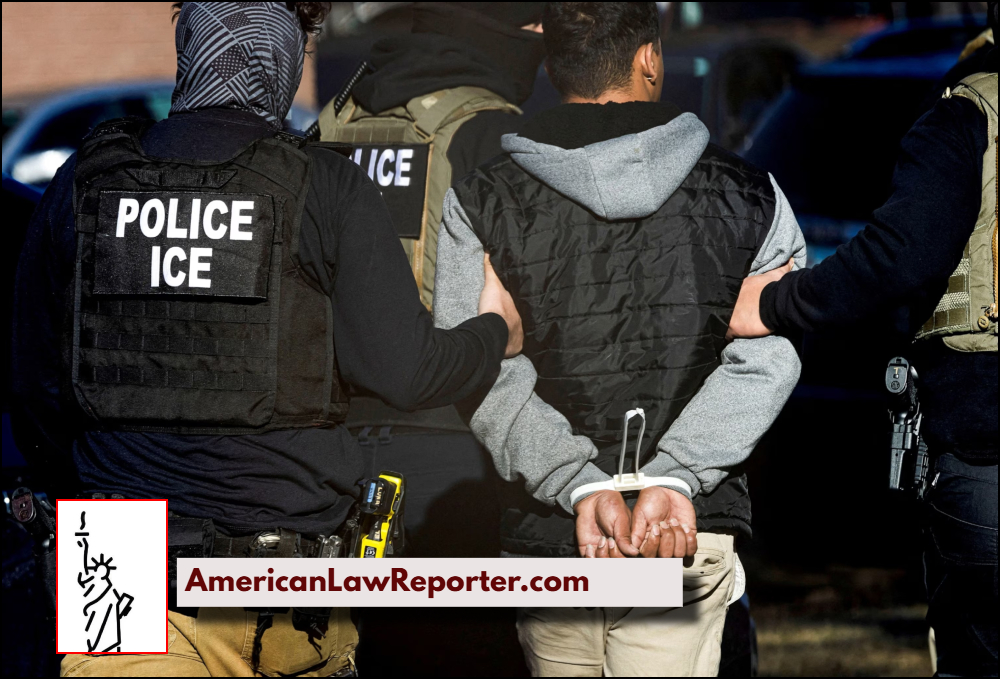In a rare rebuke of federal law enforcement, U.S. District Judge Sara Ellis has ordered Immigration and Customs Enforcement (ICE) agents in Chicago to wear body cameras during all enforcement operations and public interactions.
The order, effective immediately, will remain in place until November 6, and stems from growing concerns that ICE agents may have violated a previous court injunction restricting their use of force.
The decision follows a Temporary Restraining Order (TRO) issued last week, which barred ICE from deploying riot control weapons — including pepper balls, tear gas, and rubber bullets — against protestors and journalists, except in situations where such force was necessary to prevent harm. The order also required agents to issue two warnings and provide “a reasonable opportunity to comply” before taking any such action.
But Judge Ellis, presiding in the Northern District of Illinois, made it clear that she had lost patience with ICE’s apparent disregard for her directives.
“I live in Chicago if folks haven’t noticed. And I’m not blind,” Ellis said from the bench, adding that she was “a little startled” after seeing media reports depicting ICE activity that seemed to flout her earlier order.
A Clash Between Accountability and Authority

Judge Ellis’s modified TRO introduces an unusual level of judicial oversight, effectively placing ICE agents under real-time visual scrutiny through body cameras — a tool more often associated with local police departments than federal enforcement agencies.
The body camera mandate, while temporary, marks a striking intervention by the judiciary into federal policing practices, highlighting persistent tensions between public transparency and federal authority.
Legal observers say this move underscores the court’s skepticism toward ICE’s internal accountability mechanisms.
“Federal agencies have broad discretion in enforcement,” one legal scholar noted, “but when judges see signs that constitutional rights are being trampled, they don’t hesitate to act — even if it means reining in the executive branch.”
Allegations of Brutality and Press Suppression
The underlying lawsuit, filed October 6 by journalist groups and protestors, paints a disturbing picture of alleged civil rights abuses. Plaintiffs claim that ICE and the Department of Homeland Security (DHS) have engaged in a “pattern of extreme brutality”, including deploying flash grenades, tear gas, pepper spray, and rubber bullets during demonstrations.
The suit further accuses federal agents of detaining protestors and members of the press for hours, calling it part of a “concerted and ongoing effort to silence the press and civilians.”
For many Chicagoans, the allegations echo long-standing concerns about federal overreach and the chilling effect such tactics may have on First Amendment freedoms.
Testimony and Next Steps
Judge Ellis has summoned two high-ranking federal officials — Customs and Border Protection Deputy Incident Commander Kyle C. Harvick and ICE Deputy Field Office Director Shawn Byers — to appear in court Monday to testify about the alleged violations. Their testimony could prove pivotal in determining whether ICE faces further sanctions or judicial oversight.
If confirmed, violations of the TRO could expose ICE to contempt of court proceedings, a serious legal consequence that could force operational reforms.
A Turning Point for Federal Oversight
Judge Ellis’s order comes at a time when questions about federal use of force, accountability, and press freedom are being debated nationwide. The ruling represents a potential turning point — a judicial assertion that even federal agents, often shielded by layers of bureaucracy, are not above public scrutiny.
Body cameras may not fix systemic issues overnight, but in Chicago, they now symbolize something larger: a demand for transparency in the face of power.

